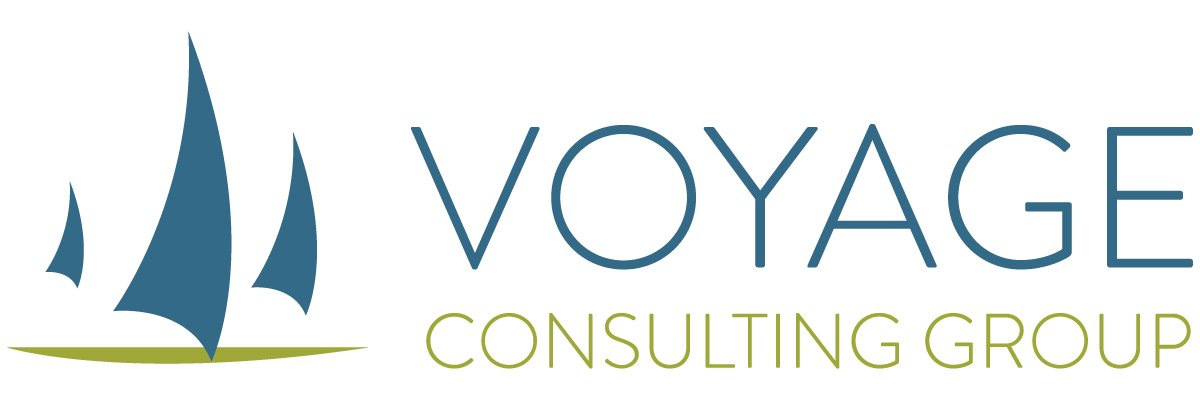
OBSERVATIONS
5 Ways to boost employee confidence (for real!)
The recent data from Glassdoor reveals that employee confidence in company outlook plummeted to a record low of 44.4% in February 2025. This decline underscores the urgent need for organizations to bolster trust and engagement within their teams.
The Real Cost of Catering to Toxic Clients: A Culture Perspective
Toxic customers, while rare (hopefully!) have a ripple effect on the company, people involved, and people who see the toxic behavior tolerated. The company can be impacted financially by scope creep, depleted morale, disengagement, turnover, and damaged reputation. Employees can be impacted when customers berate them, disrespect boundaries, and demand services beyond what is agreed upon.


